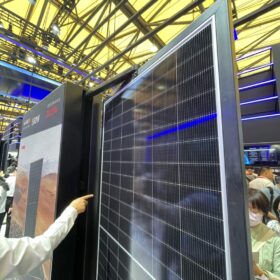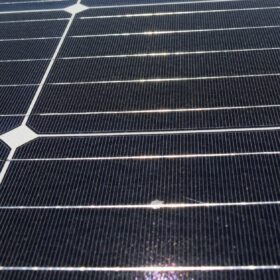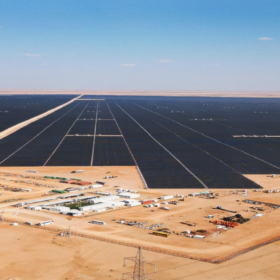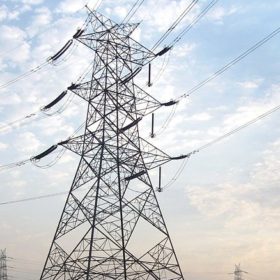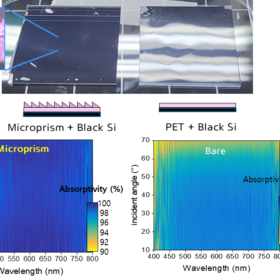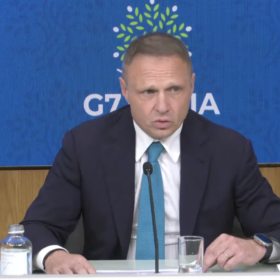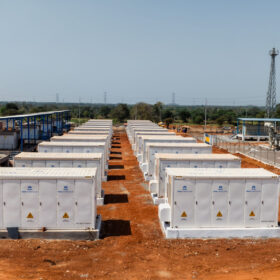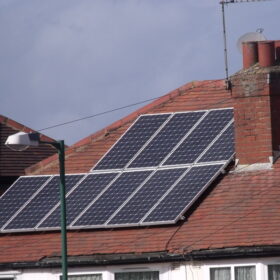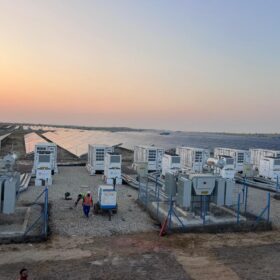China’s clean tech dominance threatens global market stability
The influx of affordable Chinese green products is pressuring local industries in major economies, particularly the U.S. and Europe, driving down prices and potentially stifling domestic innovation due to competitive disadvantages.
Tata Power reports record profit of INR 4,280 crore for FY 2024
Tata Power has recorded INR 61,542 crore of revenue and INR 4,280 crore net profit for the fiscal year ended March 31, 2024.
Longi announces 27.30% efficiency for heterojunction back contact solar cell
The Chinese module manufacturer said the new efficiency record was confirmed by Germany’s Institute for Solar Energy Research (ISFH).
Malaysian government launches incentive scheme for residential solar
The Ministry of Energy Transition and Water Transformation in Malaysia is teaming up with private and public partners in the country to offer citizens financial incentives and discounts when adopting solar. It follows a government rebate scheme introduced in April.
Optimizing solar investments
In India’s quest for a sustainable energy future, solar asset management emerges as a key to optimizing investments, ensuring reliability and maximizing productivity.
Larsen & Toubro wins more than 270 MW of solar projects
Larsen & Toubro (L&T) has secured orders to establish two floating solar plants with a cumulative capacity of more than 150 MW AC and a 120 MW AC ground-mounted PV plant in India. It has also bagged multiple orders for grid systems in India and overseas.
Waaree Energies partners Ecofy for low-cost finance to rooftop solar customers
Waaree Energies Ltd, India’s largest solar PV module manufacturer, has partnered with Ecofy, a non-banking finance company backed by Eversource Capital, to provide low-cost, hassle-free finance to homeowners and MSMEs adopting rooftop solar systems.
India’s first utility-scale, standalone battery energy storage project receives regulatory approval
BSES Rajdhani Power Ltd’s 20 MW/ 40 MWh project is India’s first utility-scale standalone battery energy storage system to obtain regulatory approval under Section 63 of the Electricity Act, 2003. The project is supported by concessional loan from the Global Energy Alliance for People and Planet (GEAPP).
Korean researchers build vertical solar panels with low reflection losses
The modules are equipped with Maxeon solar cells and a microprism sheet that reportedly upholds a transmittance exceeding 99%. The microprism array is imprinted onto a PET sheet using the roll-to- roll embossing technique.
Italy bans large-scale solar from agricultural land
The Italian government has issued a new decree to completely ban solar from agricultural land. The new provisions will not apply to projects currently undergoing the approval process.


